1. Ear Position

A pet’s ears can say a lot about their emotions. If your dog’s ears are perked up, they’re alert and interested. If they’re pinned back, it may indicate fear or anxiety. Cats with forward-facing ears are curious, while ears that are flat against their head signal stress or discomfort.
2. Tail Movements

A wagging tail doesn’t always mean happiness—tail language can be more complex. A loose, wagging tail in dogs typically means contentment, while a stiff, high tail could signal dominance or excitement. In cats, a twitching tail often indicates irritation, while a slow wag can mean they’re cautiously interested.
3. Body Posture

Pets show their emotions through their posture. A dog that’s relaxed will have loose, flowing movements, while a tense, stiff body signals stress or unease. Cats may arch their backs when fearful, or roll onto their back in a show of trust.
4. Eye Contact and Pupil Dilation

A pet’s eyes are windows into their emotions. In dogs, soft eye contact shows comfort, while avoiding eye contact can indicate fear or submission. Cats that give you slow blinks are expressing affection, while dilated pupils can indicate excitement, fear, or aggression in both cats and dogs.
5. Panting (When It’s Not Hot)
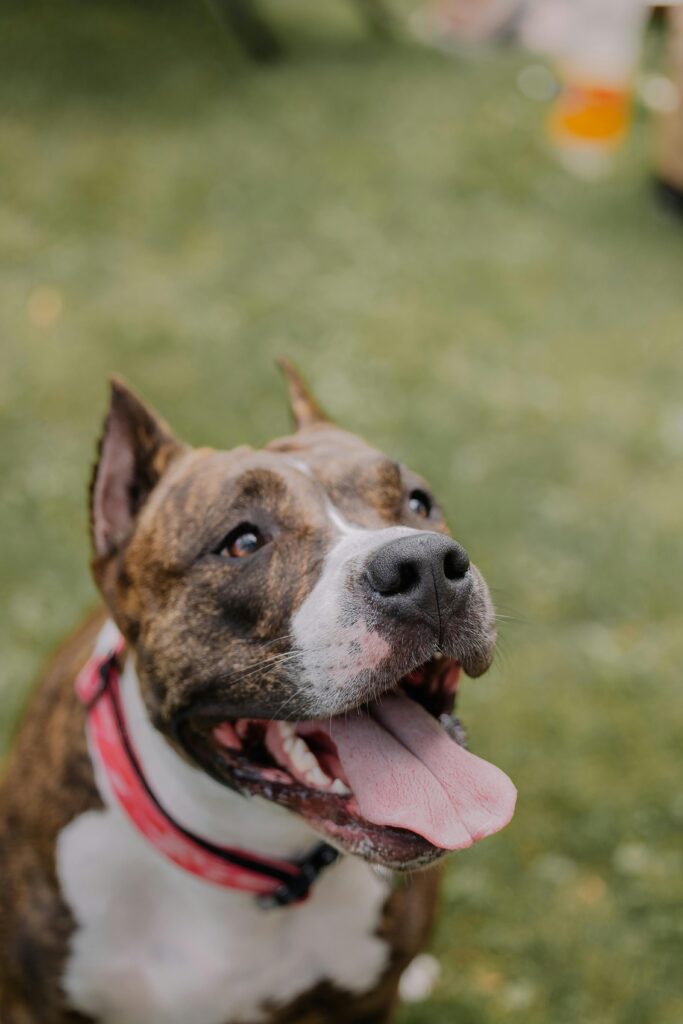
Dogs pant when they’re hot, but they may also pant when they’re stressed or anxious. If your dog is panting heavily during a non-stressful situation, it could be a sign they’re nervous or uncomfortable. Keep an eye out for other stress signals to confirm.
6. Purring (It’s Not Always Happiness)
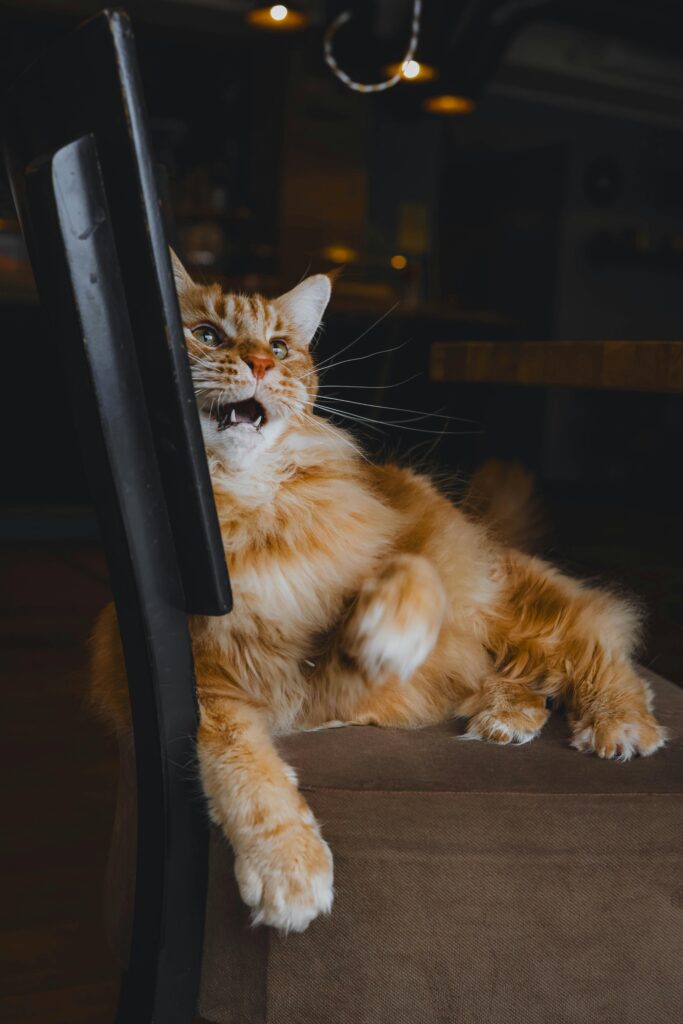
While purring in cats is often a sign of contentment, cats also purr when they’re in pain or anxious. If your cat is purring but also showing signs of discomfort, like hiding or excessive grooming, they might be trying to self-soothe through purring.
7. Excessive Grooming or Licking
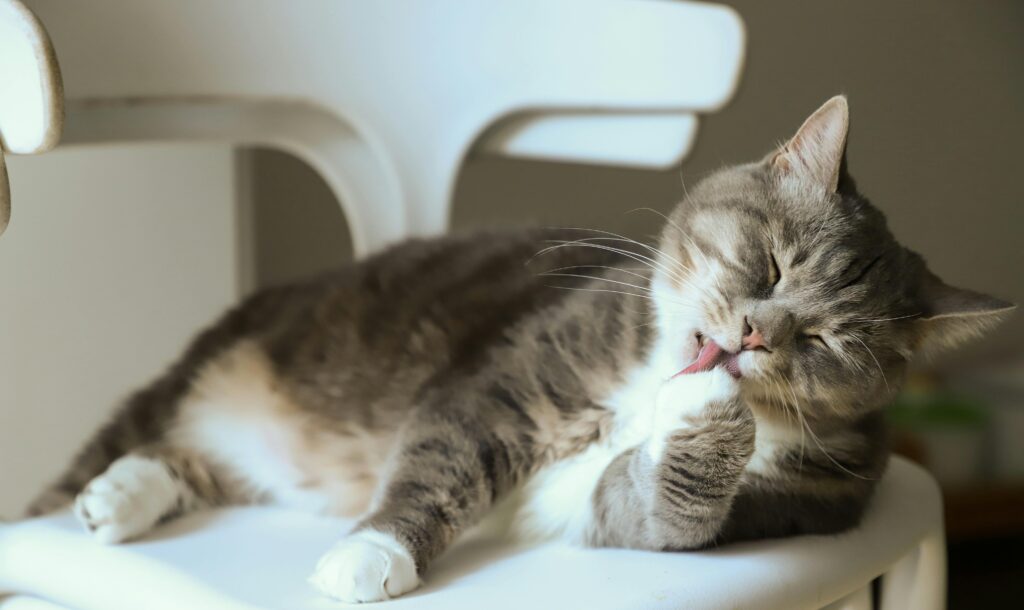
Pets will often groom or lick themselves when they’re feeling stressed or anxious. For dogs, constant licking (especially paws) could be a way of dealing with anxiety. Cats that over-groom may be expressing stress, boredom, or even a medical issue.
8. Yawning
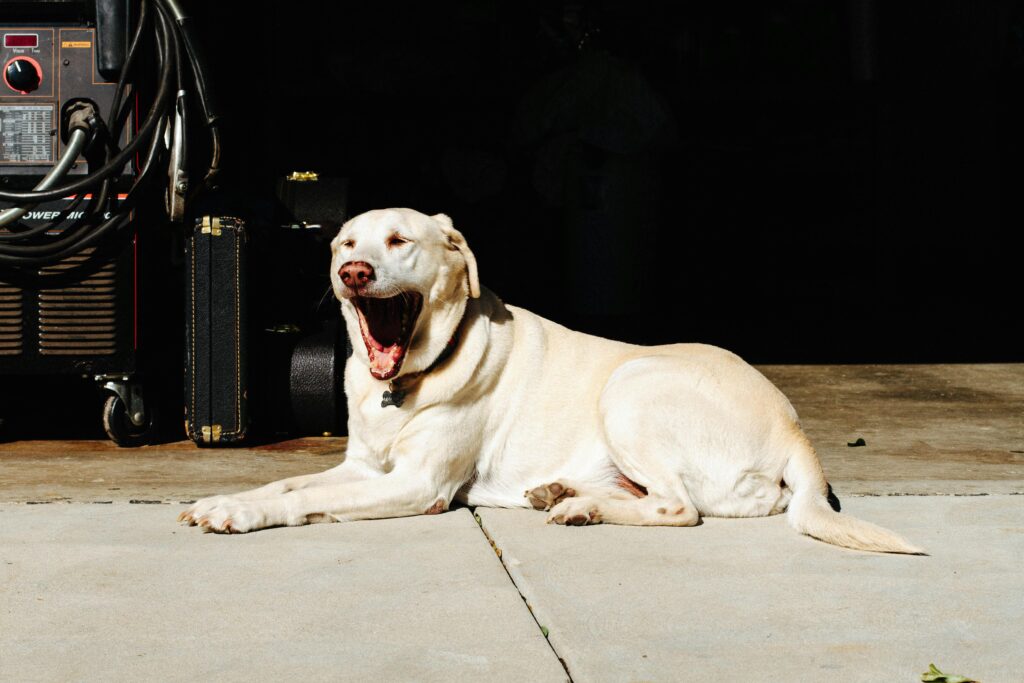
While yawning in pets can signal tiredness, it can also be a sign of stress or confusion. If your dog or cat yawns during a tense situation (like a vet visit), they may be trying to calm themselves down. It’s a subtle signal that they’re feeling uneasy.
9. Vocalization Changes
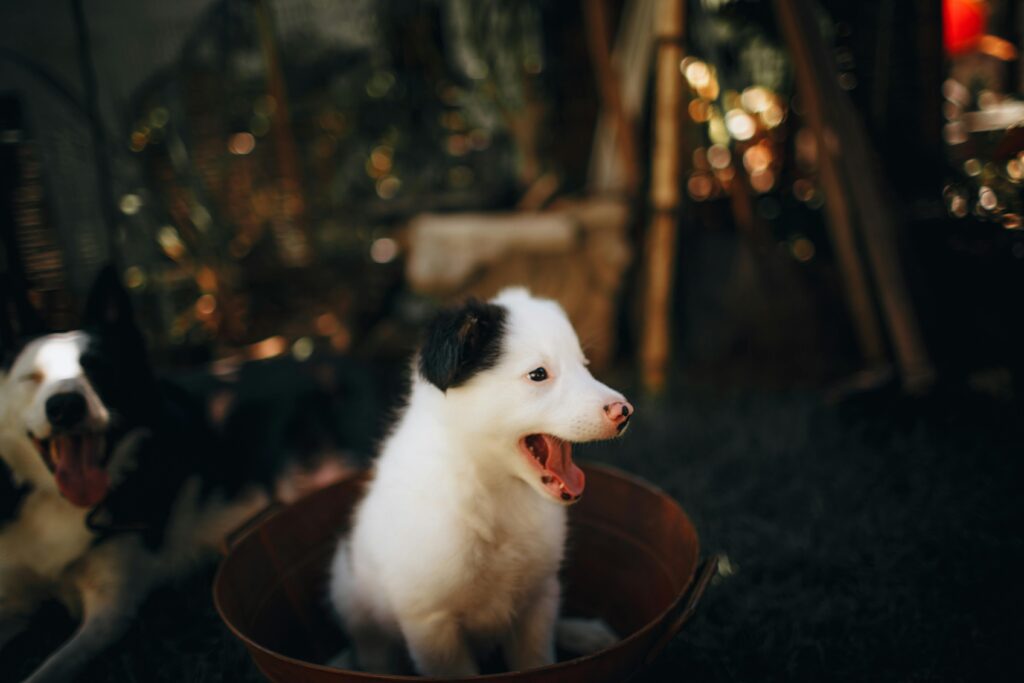
Changes in how your pet vocalizes can be a clue to their emotions. A dog that barks more than usual might be excited or anxious. A cat that starts meowing more (or less) than normal could be signaling discomfort or a desire for attention.
10. Hiding or Avoidance
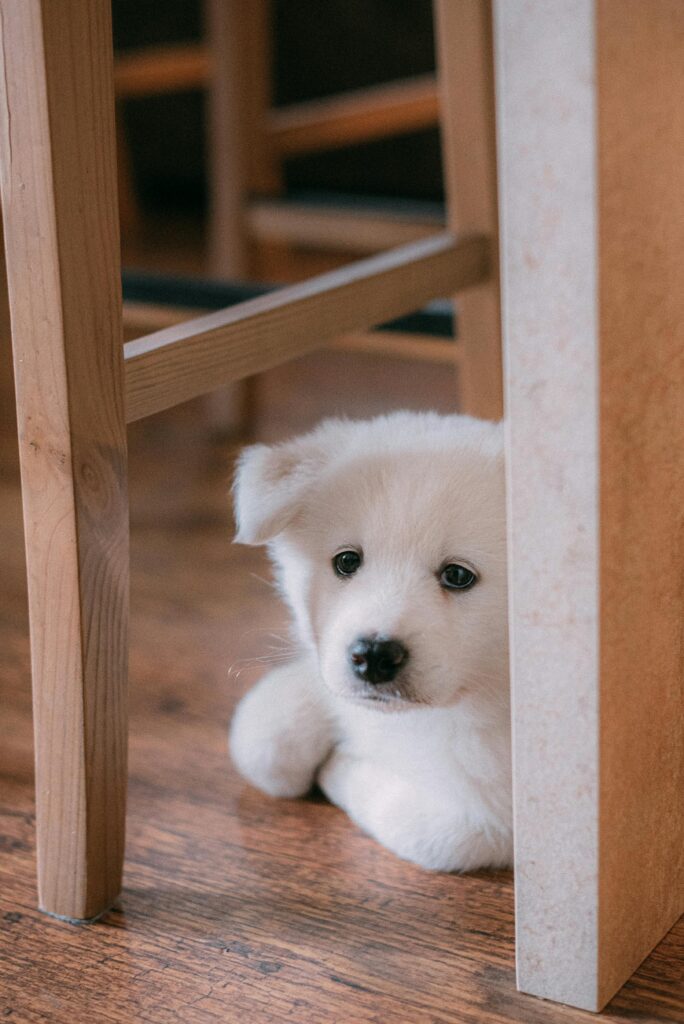
When pets feel anxious, scared, or unwell, they may hide or avoid interaction. Dogs might retreat to a quiet corner, while cats could hide under furniture. If your usually social pet starts avoiding you, it’s a clue that something might be wrong emotionally or physically.
11. Appetite Changes

A pet that loses interest in food might be stressed or feeling under the weather. Dogs and cats who are suddenly less enthusiastic about eating may be experiencing emotional distress. On the flip side, some pets may overeat as a way to self-soothe.
12. Sudden Destructive Behavior
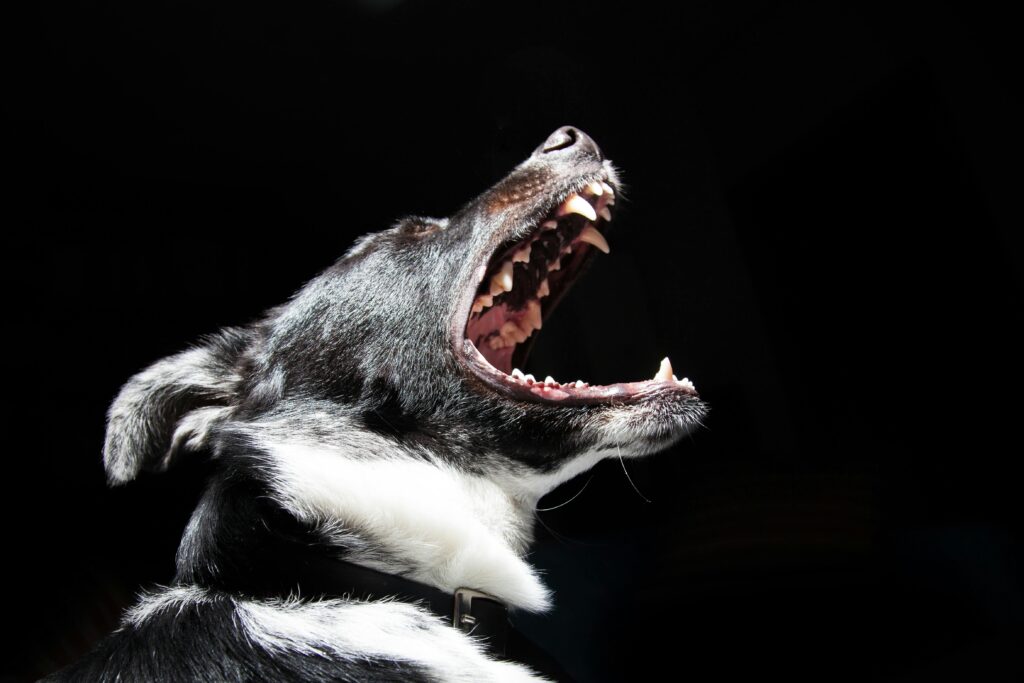
If your pet starts destroying furniture or chewing things they shouldn’t, they might be expressing boredom, frustration, or anxiety. This is especially true for dogs left alone for long periods—they may turn to destructive behavior as a way to cope with separation anxiety.
13. Pacing or Restlessness
Pacing or restlessness is a sign your pet may be anxious or uncomfortable. Dogs that can’t seem to settle, or cats that continuously move from one spot to another, might be dealing with stress. This behavior is often linked to feelings of insecurity or frustration.


